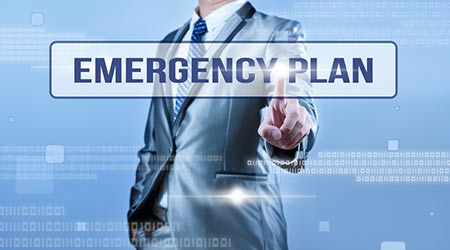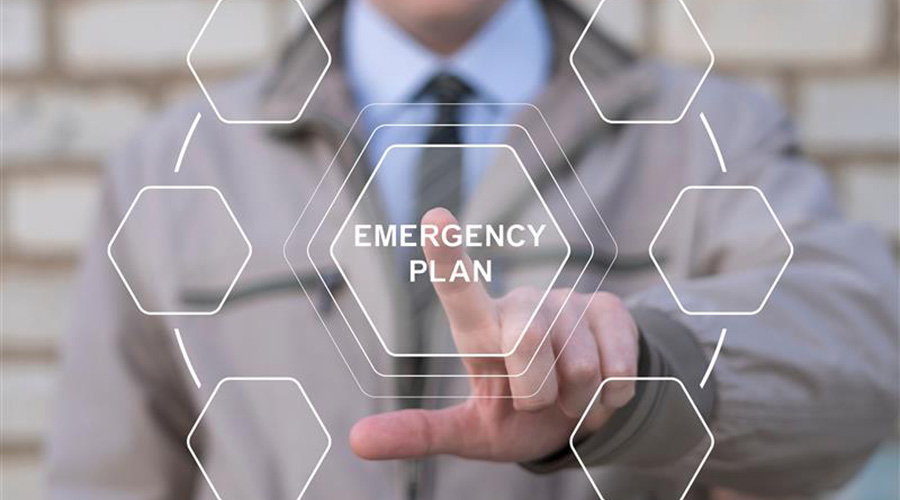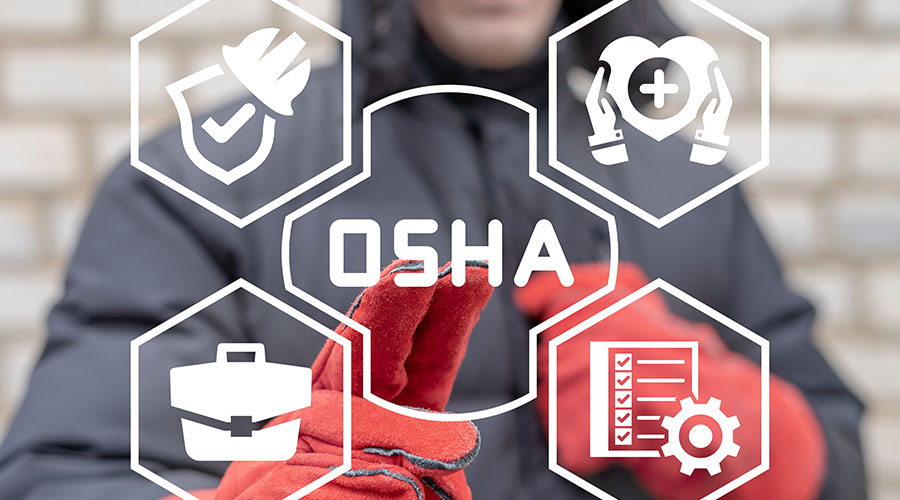Technology Aids Emergency Preparedness Plans
From GIS to enhanced weather apps, technology is aiding in effective emergency preparedness and disaster recovery.
While remaining flexible and evaluating the effectiveness of emergency preparedness plans can be tricky, technology is here to lend a hand – both on the planning and recovery sides. From increasingly accurate weather apps to geographic information system (GIS) mapping that can quickly and easily show which facilities might be affected by an oncoming weather event and to what degree of severity, technology is increasingly helping facility managers plan and recover from disasters. On the planning side, Ahrens mentions the increasing use of web surveys and data gathering to evaluate items like criticality of particular operations and who are the critical people in each part of an organization. “We can bring in better information and data,” he says. “And it’s more effective and time-efficient than a day-long business continuity planning meeting. The surveys give us the ability to ‘granularlize’ and find out what’s most critical at the organization.”
As well, better technology can improve communication before, during, and after an event, speeding recovery. Better mass notification systems, for instance, can send specific communications to specific buildings and employees about the specific emergency, says O’Neill.
Here’s an example of how an effective plan with strategic use of communication technology can have positive results: In September, 2018, natural gas explosions rocked northern Massachusetts, leveling several dozen homes and killing an 18-year-old man. About 30,000 people had to evacuate their homes. According O’Neill, a pharmaceutical company in the area was worried about its employees’ safety and well-being first and foremost, but also their ability to come in to work. It used a software program to “draw” a radius around the communities affected to determine how many of its employees lived in the area. When the software established about 40 employees, it was able to send out a message to ask if these employees were, in fact, affected, if they were safe, and if the company could render any assistance. O’Neill says six employees responded that they needed help, and the company was able to do so. “This made them feel really good about the company they work for,” says O’Neill. But also, on a practical level, if more employees had been affected, the company could have engaged its contingency plans for business continuity, minimizing downtime.
While this was a success, it’s important to remember that no matter the technology, recovery is only as good as the response planning to use that technology. “Without good emergency preparedness, recovery is going to be terrible,” says Ahrens. “These plans have to be built from the ground up, and they have to be living documents.”
Related Topics:














